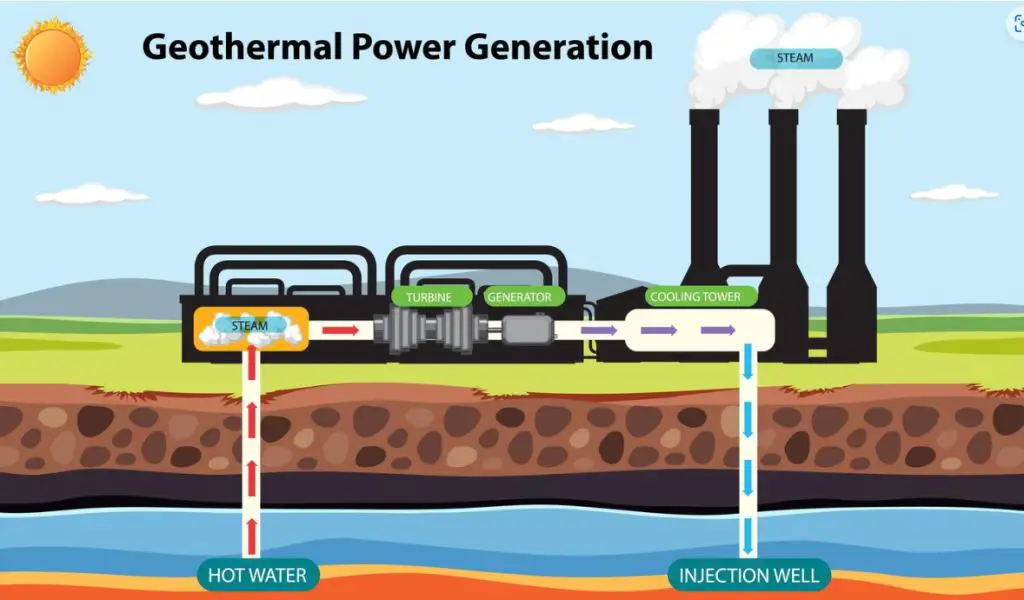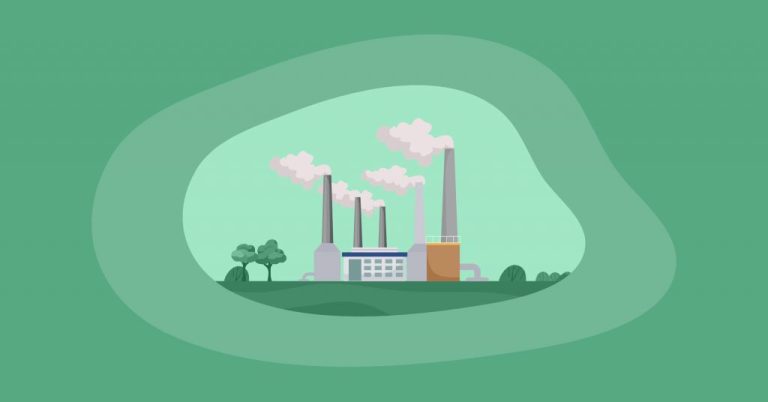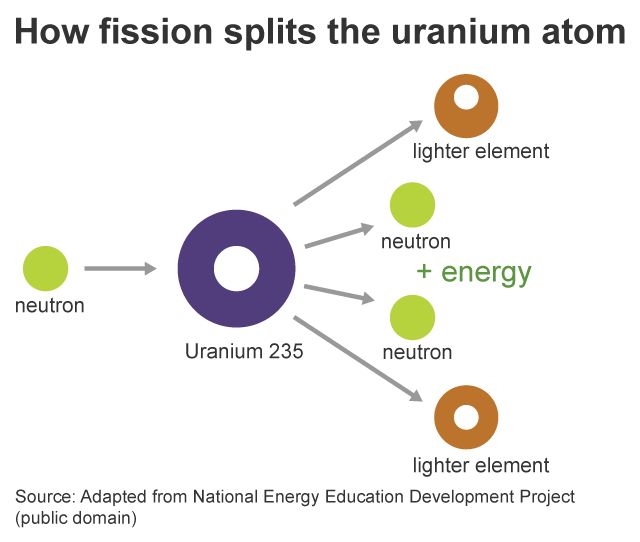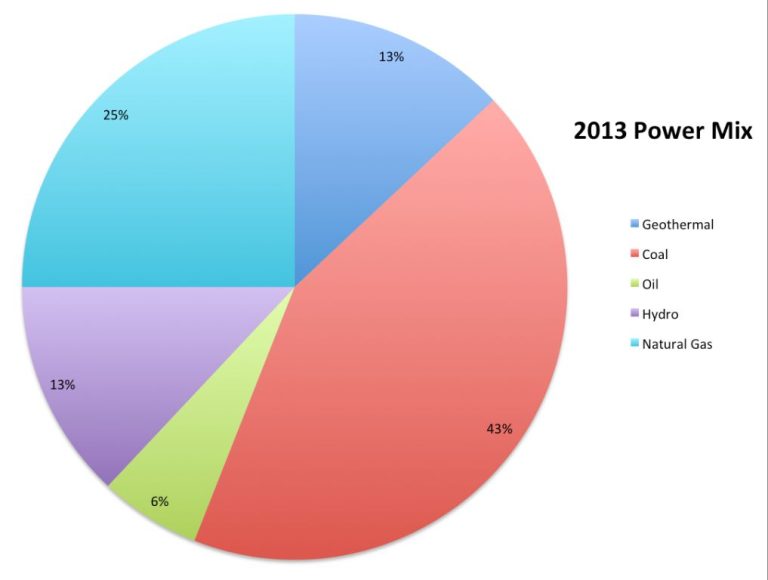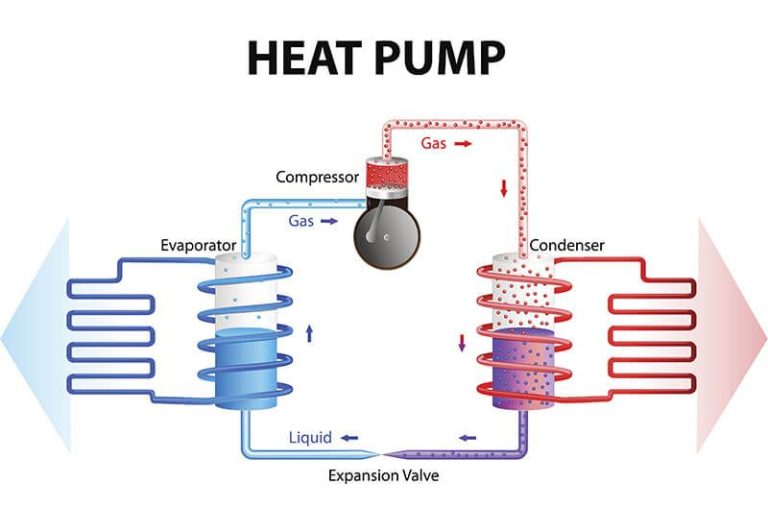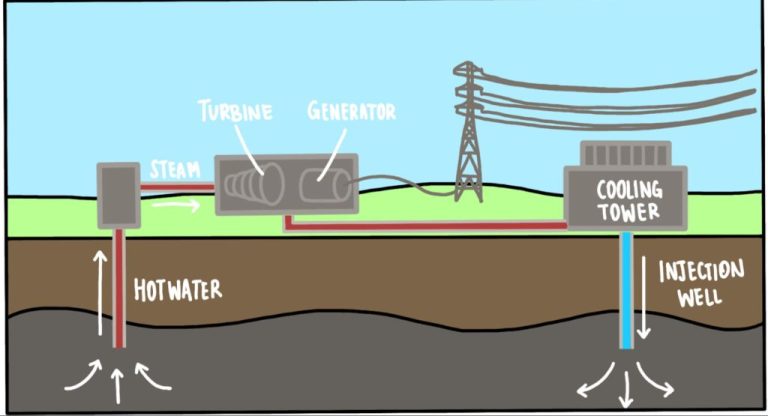How Can We Generate Power From The Earth?
Geothermal energy is thermal energy generated and stored in the Earth that can be accessed to produce electricity and provide heating and cooling. It is a clean, renewable energy source with enormous potential to help meet global energy needs in a sustainable way. Geothermal resources are available worldwide and, with the right technology, can provide continuous base load power at a stable cost independent of climate conditions.
Renewables like geothermal energy will be critical to combat climate change and increase energy security as we transition away from fossil fuels. There are several ways to utilize geothermal energy, from large multi-megawatt power plants to small residential heat pumps. Ongoing technological advances are helping unlock vast untapped geothermal resources and promising to propel geothermal to play a bigger role in our energy mix.
What is Geothermal Energy?
Geothermal energy is heat derived from the natural heat of the earth. It is a renewable energy source that taps into the natural heat within the upper crust of the earth to generate electricity and provide heating and cooling. The high temperature of the earth’s interior, which ranges from 4000 to 7000 degrees Celsius just a few kilometers below the earth’s surface, contains a nearly limitless amount of thermal energy. This heat is brought to the surface through natural geothermal reservoirs found along tectonic plate boundaries and other hot spots.
To generate geothermal power, wells are drilled into these geothermal reservoirs to bring the hot water or steam to the surface. The steam rotates turbines that activate generators, which convert the mechanical energy into electrical energy. For heating and cooling, geothermal energy is accessed by pumping water or anti-freeze through pipes buried in the shallow ground near the Earth’s surface, where the temperature is a constant 50–60°F. This drawing of constant temperature can be used for direct heating, usually through radiant floor systems, or to heat water.
Unlike fossil fuels that draw on finite resources, geothermal energy is constantly replenished by the earth’s internal heat flow, making it a renewable and sustainable energy source.
Types of Geothermal Power Plants
There are three main types of geothermal power plants used for generating electricity:
Dry Steam Plants
Dry steam plants utilize steam from a geothermal reservoir directly to turn the turbine generators. The first geothermal power plant was a dry steam plant built in Italy in 1904. These plants release steam from the earth upward through production wells, which powers turbine generators to produce electricity. The largest dry steam field in the world is The Geysers in California.
Flash Steam Plants
Flash steam plants are the most common and take high-pressure hot water from deep inside the earth and convert it to steam to drive the generators. When the pressurized hot water comes up the production well, it is sprayed into a flash tank at lower pressure, causing it to rapidly vaporize or “flash” into steam. The steam is then used to power the turbine generators.
Binary Cycle Plants
Binary cycle plants differ because the water from the reservoir never comes in contact with the turbines. These plants take the hot water from the geothermal reservoir and use its heat to boil a secondary fluid with a much lower boiling point. This causes the secondary fluid to vaporize to steam and power the generators. The water and secondary fluid are kept separated during the entire process, so there are minimal emissions.
Geothermal Power Generation Methods
There are three main methods for generating geothermal power:
Hydrothermal
Hydrothermal plants utilize naturally occurring underground reservoirs of hot water to create steam and turn electricity-generating turbines. The hot water is brought up through production wells to the surface, where the steam separates from the water and spins the turbines before the water is injected back into the reservoir through injection wells to be reheated.
Enhanced Geothermal Systems (EGS)
EGS is used when there is hot rock but insufficient water in the subsurface. It works by drilling injection and production wells into the hot rock, pumping water into the injection well at high pressure to open fractures in the rock, heating the water into steam, and extracting the steam through the production well to turn turbines.
Direct Use
Lower temperature geothermal reservoirs that aren’t hot enough for electricity generation can be used directly for heating applications. This includes heating buildings, greenhouses, aquaculture, and industrial processes. Hot water near the surface can also be used for bathing and therapeutic purposes.
Geothermal Power Production
Geothermal energy currently produces approximately 0.4% of the total electricity generation in the United States. As of 2019, the installed geothermal power capacity in the U.S. was over 3.7 gigawatts (GW), with the potential capacity estimated to be over 30 GW. The western states where geothermal plants are concentrated, such as California, Nevada, Utah and Hawaii, collectively generate over 15 billion kilowatt-hours (kWh) of geothermal electricity annually. California alone accounts for over 40% of total geothermal power generation in the country. Globally, the installed geothermal power capacity is around 15 GW, with the U.S., Indonesia, Philippines, Turkey and New Zealand being the top producers. Overall, 24 countries currently utilize geothermal energy for electricity production.
Geographic Locations
Geothermal power plants currently operate in over 20 countries around the world. Some of the leading countries utilizing geothermal energy include:
- United States – The western states like California, Nevada, Utah, Hawaii, Oregon and Idaho have substantial geothermal resources and many power plants. The Geysers in California is one of the oldest and largest geothermal sites.
- Indonesia – As the country with the most volcanoes, Indonesia has abundant geothermal resources. Geothermal supplies about 5% of its electricity.
- Philippines – The Philippines generates approximately 18% of its electricity from geothermal and has the second largest capacity in the world.
- New Zealand – A major user of geothermal energy, it generates approximately 17% of the country’s electricity from geothermal plants.
- Iceland – The island nation produces over 25% of its electricity from geothermal sources due to its location on the seismically active mid-Atlantic ridge.
- Japan – Japan generates about 1 GW of its power from geothermal plants, mostly located in the Tohoku region.
- Mexico – Mexico has substantial geothermal resources along its volcanic belt and generates about 5% of its electricity from geothermal.
Additionally, countries like Kenya, Turkey, Italy, and El Salvador also generate a portion of their energy from geothermal.
Benefits
Geothermal energy provides several key benefits as a renewable energy source. First, it is sustainable and virtually limitless. The Earth’s core constantly produces heat, meaning geothermal energy is available 24/7 and not subject to weather conditions or depletion like other renewables.
Second, geothermal plants have high capacity factors of 90-95%, compared to the typical 30% for solar and wind. This makes geothermal a reliable baseload power source capable of operating at full capacity without interruption. The constant availability of geothermal power enhances grid stability.
Third, geothermal energy has a small land footprint per kWh generated, requiring less land area than other renewables. Reservoir locations can often be built on already-disturbed land. This reduces habitat disruption.
Fourth, geothermal emits little to no greenhouse gases because no fuel is burned. The carbon footprint is typically less than 5% of that from a fossil fuel plant. Geothermal facilities also produce minimal air pollution or waste.
Finally, geothermal provides economic benefits. Once installed, fuel costs are zero. Geothermal energy is price-competitive with conventional power sources and can provide a reliable revenue stream. The plants have long operating lifespans, with some exceeding 30 years of continuous operation.
Challenges
While geothermal energy has many benefits, it also comes with some notable challenges and limitations that have prevented more widespread adoption:
– High upfront costs: Drilling geothermal wells and building power plants requires significant capital investment, which can deter developers and utilities.
– Location limitations: Geothermal sites are confined to geologically favorable areas with accessible heat reservoirs, restricting where plants can be built.
– Emissions: Geothermal sites can release gases like sulfur dioxide, silica, and carbon dioxide. New technologies are aimed at mitigating these emissions.
– Land subsidence: Extracting large amounts of geothermal fluids can cause the ground surface to subside or sink. Careful reservoir management is required.
– Scaling and corrosion: Minerals in geothermal brines can form scale deposits and corrode plant equipment, requiring monitoring and mitigation.
– Intermittent production: Geothermal reservoirs can cool over time, decreasing output. Long-term resource management is crucial.
– Earthquakes: Injection of wastewater can sometimes induce seismic activity around geothermal sites.
– Water usage: Geothermal plants use water for cooling or to drive turbines. Dry cooling can reduce freshwater needs.
– Limited locations: Favorable geothermal resources are not evenly distributed, restricting the geographic viability.
– Competitive land use: Geothermal development may compete with other uses like mining or recreation for land access.
– Slow ramp-up: It takes years to identify sites, drill wells, and construct plants before power generation starts.
Latest Innovations
The geothermal industry is constantly developing new technologies and techniques to advance geothermal energy capabilities. Here are some of the latest innovations in geothermal power:
Enhanced Geothermal Systems (EGS): By injecting water into hot dry rock reservoirs deep underground, EGS creates artificial geothermal reservoirs that can generate electricity. This expands geothermal potential beyond conventional hydrothermal resources.
Modular Binary Power Plants: These small, modular geothermal plants use binary cycle technology to generate electricity from low-temperature reservoirs. This makes small-scale geothermal production more viable.
Hybrid Power Plants: Combining geothermal power with biomass combustion or solar thermal energy can boost output and efficiency. Hybrid plants help balance intermittent renewable resources.
Carbon Dioxide as Working Fluid: Using CO2 instead of water allows geothermal plants to tap into hotter, drier rock resources. Supercritical CO2 has thermal properties that can boost power generation.
Low-Temperature Cascaded Geothermal: Cascading geothermal fluid from plant to plant enables incremental power gain from low-temp reservoirs. This increases viability of lower-grade geothermal sites.
Flexible Operations: Advances in power plant controls, fast-acting turbines and condensers allow geothermal plants to ramp electricity output up or down rapidly. This enables greater grid integration of geothermal.
Future Outlook
The future looks bright for geothermal energy. As technology continues to advance, geothermal power has the potential to play a major role in the global shift towards renewable energy sources. Projections estimate that geothermal electricity generation could grow over 26-fold from 2020 to 2050 under an advanced technology scenario.
Several factors point to strong potential growth for geothermal power:
- Untapped potential – Only a small fraction of geothermal resources have been utilized so far. Enhanced geothermal systems could unlock a vast amount of deep geothermal resources.
- Cost competitiveness – Geothermal power costs have declined substantially and are projected to become cost competitive with conventional power generation.
- Supportive policies – Government incentives and initiatives like ‘The Future of Geothermal Energy’ report boost development and adoption of geothermal energy.
- Innovative technologies – Emerging technologies like coproduction of geothermal power and lithium extraction improve financial viability.
- Versatility – Geothermal energy can provide base-load electricity generation as well as load following power, enabling it to meet varying grid demand.
With its stability, reliability, and potentially huge untapped capacity, geothermal power can play a key role in the global energy transition and build a sustainable energy future.
